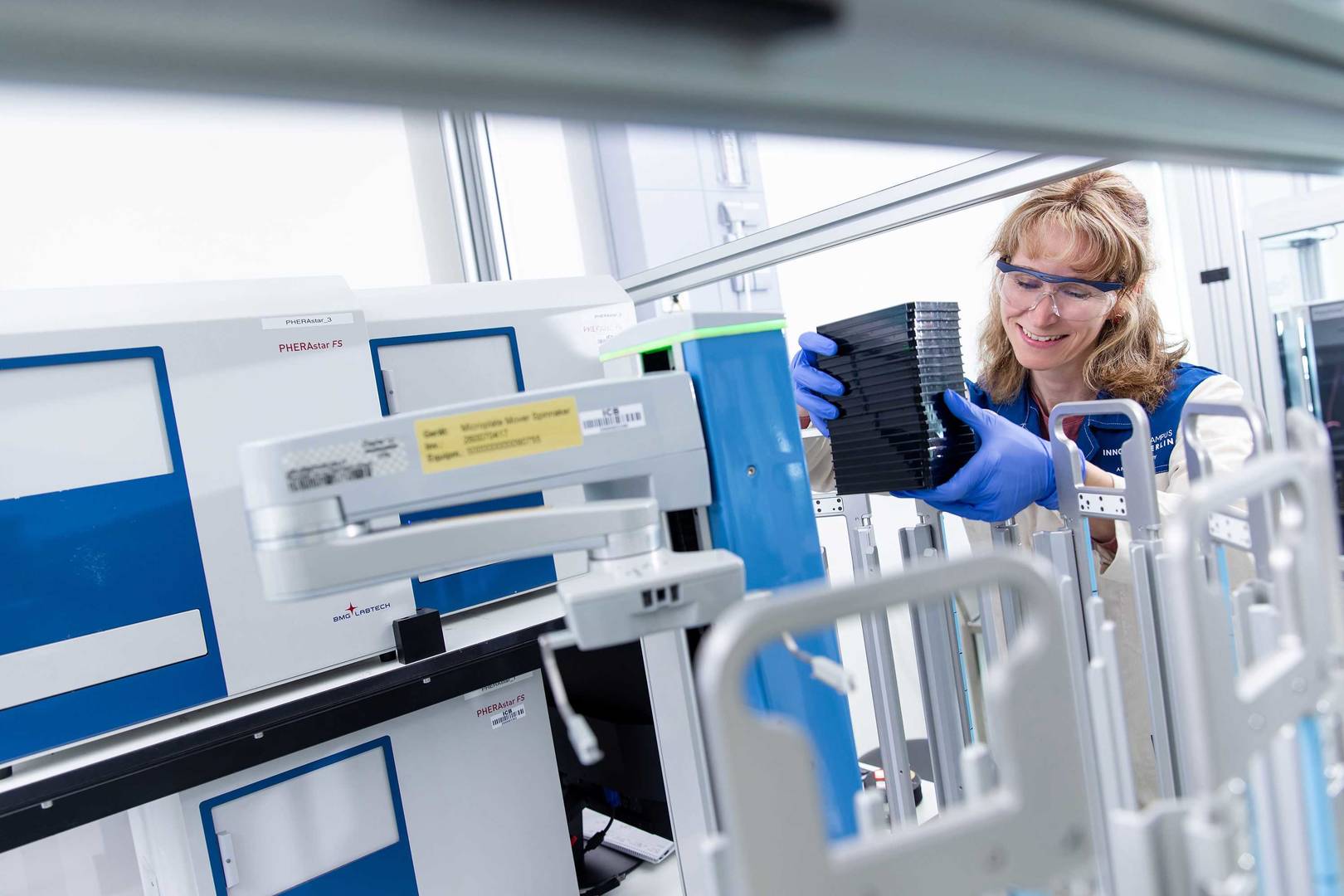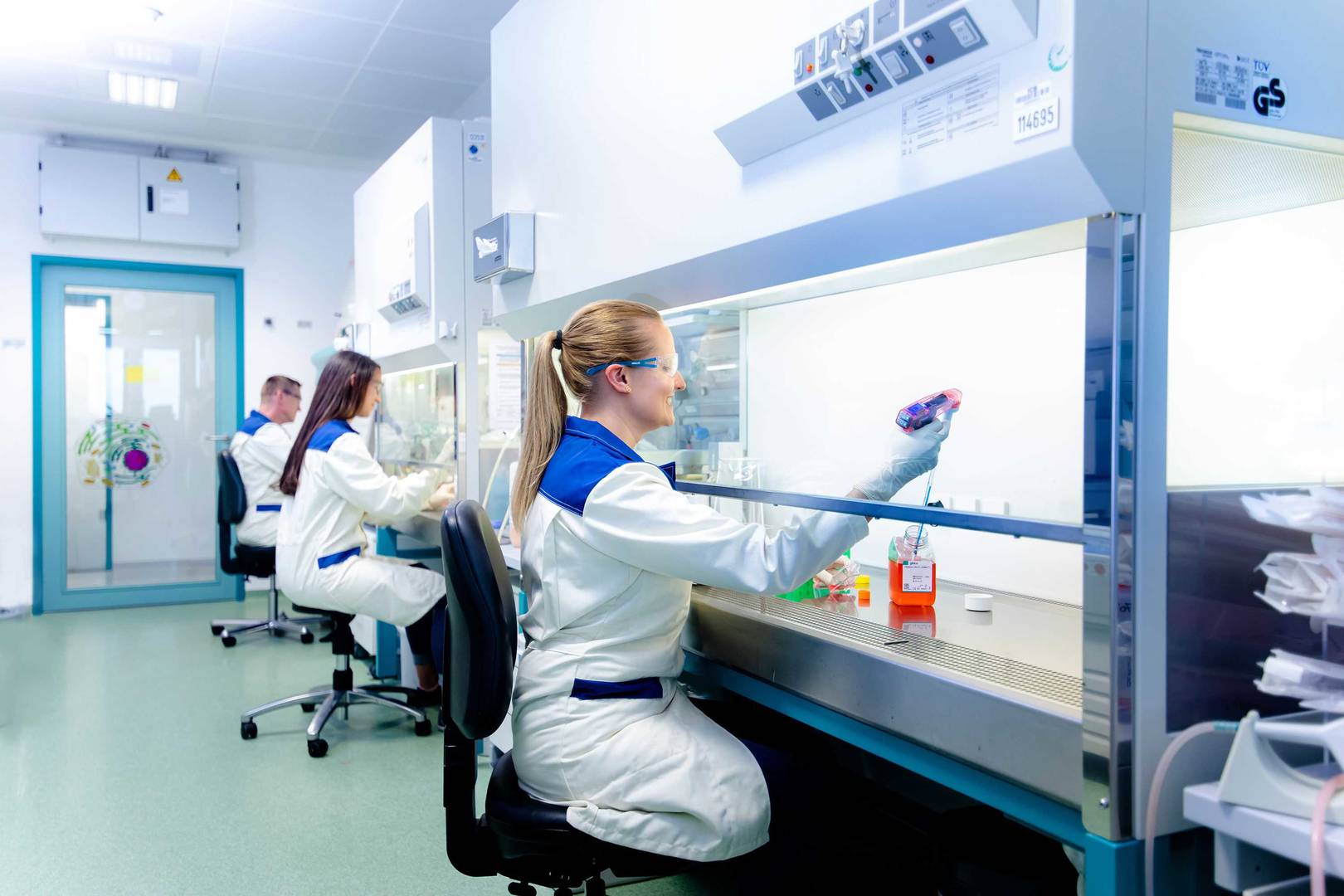In high-content analysis (HCA), 3D and 4D models such as organoids and tumor models have transformed human understanding of complex biological systems. These models provide a more accurate representation of human tissues and disease states than traditional 2D cultures. By replicating the intricate architecture and dynamic environment of living organisms, they enhance experimental precision, accelerate drug discovery and development, and pave the way for personalised medicine with more effective, patient-tailored therapies.



